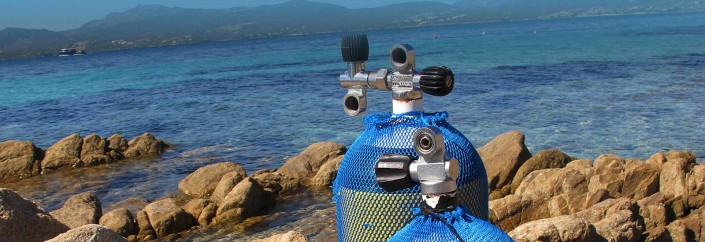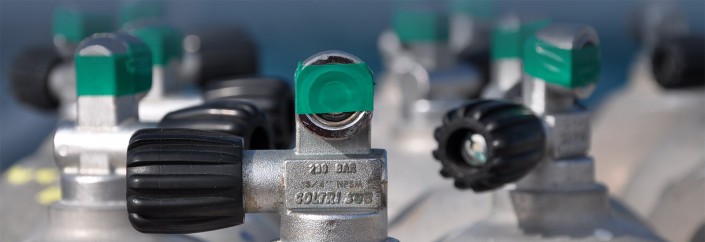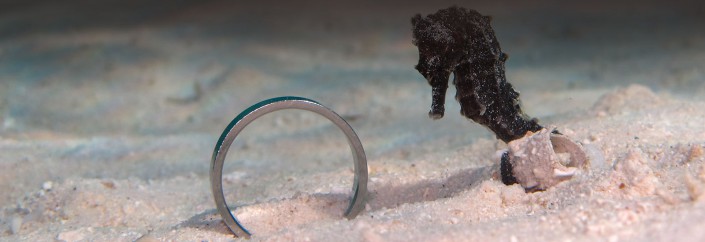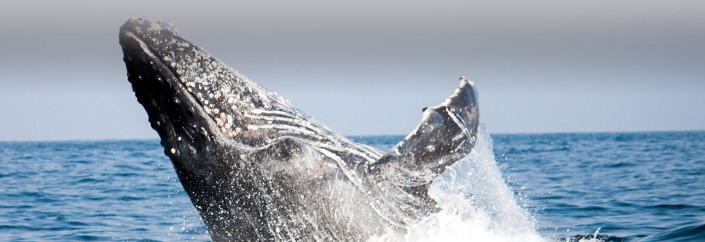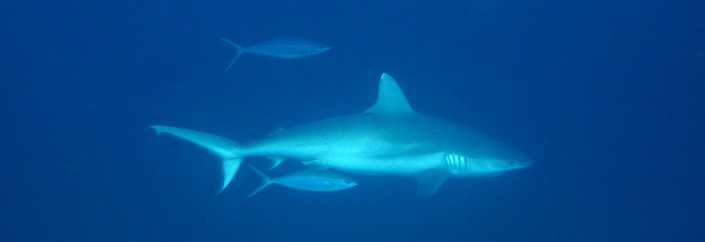
While you’re staying in the southern part of the Ari Atoll, Maldives, you shouldn’t miss one of the most celebrated dive spots of the area: the Thudufushi Thila. Located 3 Km from Thudufushi Island and 14 Km from Athuruga island, this beautiful dive site lies in the middle of Kalhahandhi Kandu, at the north of Panettone (another famous dive site in the nearby area). It’s a big Thila of one kilometer diameter and it’s characterized by the circular form. The top of the shoal is at 8 meters and it drops vertically in steps down to 35 meters, where the bottom is sandy. One of the very best diving can be enjoyed in this northern part of the site. This spot is located at the beginning of a pass and occasionally the current can be very strong; because of this, this dive can be a bit difficult when the current is too strong. Due to the presence of the current, if you look into the blue, in the middle of the channel, you can see a lot of marine life, particularly of pelagic life, such as Dog-toothed Tunas, Eagle rays, Jack Fish and Grey Reef Sharks; during the North-East Monson…

